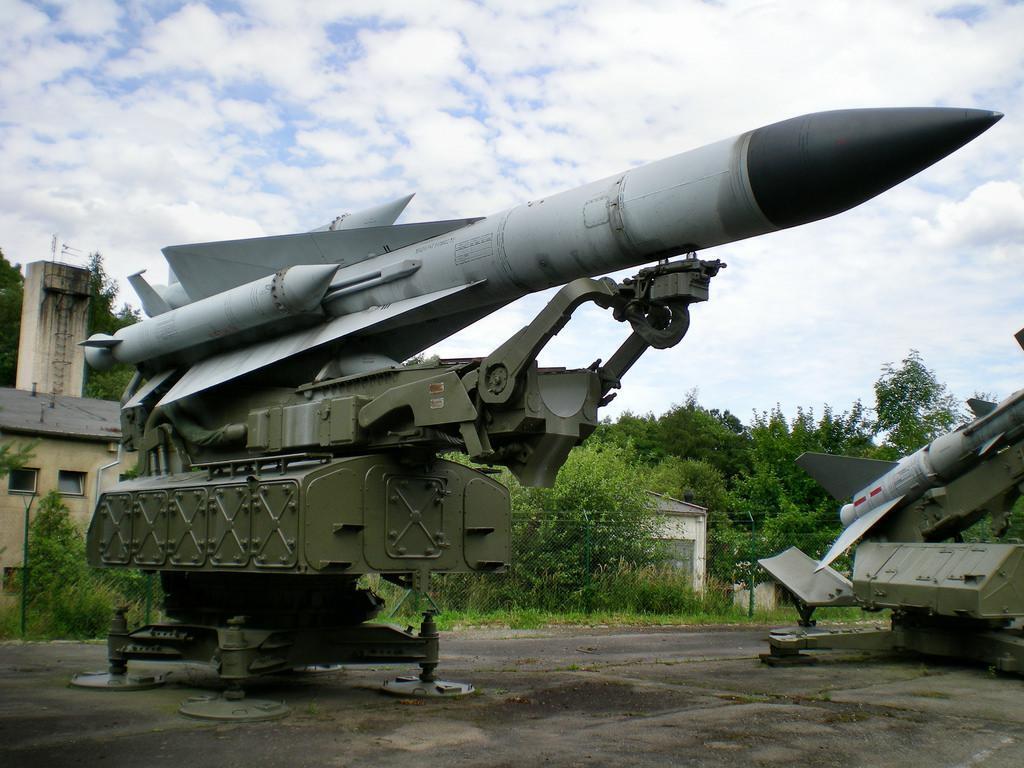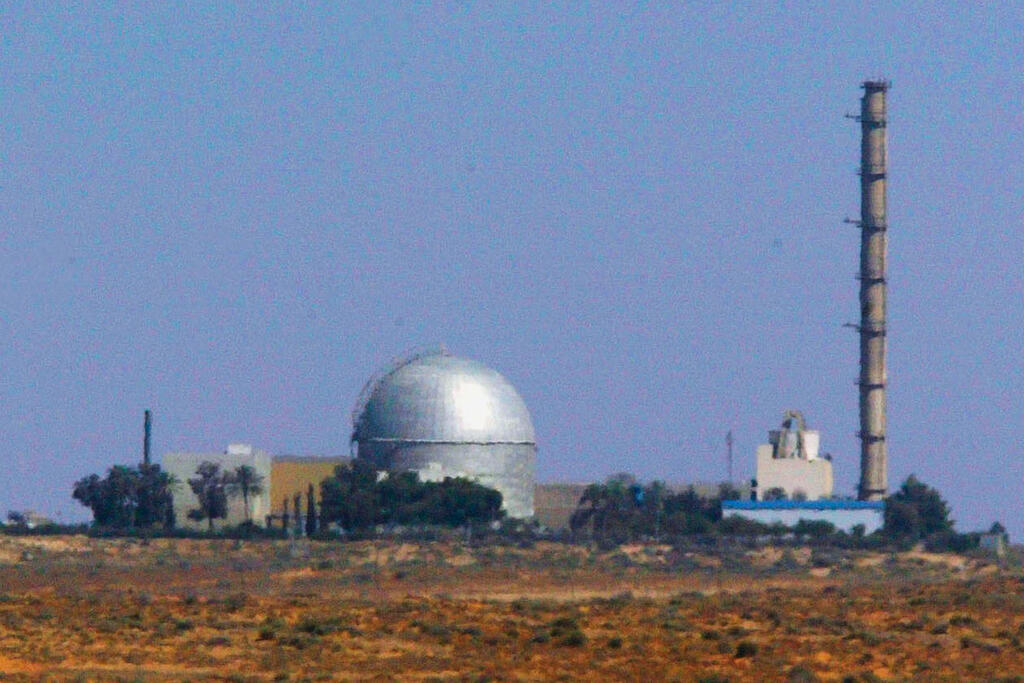Getting your Trinity Audio player ready...
All signs points to the Syrian anti-aircraft SA-5 missile that blew up early Thursday in southern Israel being the result of what the IDF calls "leakage" - in other words, errant fire.
This was in all probability an attempt to intercept an Israeli fighter jet and not a deliberate signal from the Syrians aimed at preventing further attacks attributed to Israel.
3 View gallery


IDF troops conducting a search of the area after a Syrian missile exploded over southern Israel early Thursday
(Photo: Haim Horenstein)
Nevertheless, this is an incident that should be investigated thoroughly, an effort that could take several days.
The SA-5 and S-300 missiles Syria received from Russia have a range of hundreds of kilometers, posing a substantial threat to both Israeli civilian aircraft and all others in the region.
The source of the explosion heard in the Jerusalem area was the result of an unsuccessful attempt by Israeli air defenses to intercept the missile.
The IAF has already launched an investigation in order to ensure that next time it has better results, while being clear that this was not the fault of the missle defense system operators or a technical failure.
Israel in the past has managed to shot down an SA-5 with its Arrow anti-ballistic missile system. Parts of that projectile fell around the northern Jordanian city of Irbid.
In any case, Israel's air defenses are dedicated to intercepting surface-to-surface missiles, not anti-aircraft ones.
Israel's retaliation for the missile was reported to have destroyed five Syrian missile placements.
This is not the first time also that an SA-5 has been launched into Israeli territory.
In February 2018, Syria even managed to shoot down an F-16 fighter jet, with both pilots ejecting and landing safely in the Galilee region.
As it did Thursday, Israel struck back with targeted airstrikes. Every such incident is another opportunity for Israel to destroy Syrian air defenses and advanced Russian-made munitions.
The Russians, however, are always quick to resupply with even more advanced weaponry, leaving Israel always one step behind.
This already occurred with the SA-5s and other similar projectiles, which have proven to also be useful as surface-to-surface missiles - albeit with limited accuracy and limited punching power.
The Syrians are well aware that any launch of an SA-5 against the Israel Air Force will lead to retaliation.
The IDF striking Iranian targets in Syria
The missile launched Thursday from south of Damascus flew over Jerusalem and other sensitive locations in the heart of the Negev Desert.
The IDF's detection and warning systems identified the rocket, projected its future landing site - around the Bedouin community of Abu Qrenat - and issued an alert accordingly.
The SA-5, incidentally, is not supposed to physically hit the aircraft it is targeting, but merely explode close to it.
If it is unable to reach its target, the warhead automatically explodes in mid-air.
The crucial aspect for Israel to examine is to what extent it is prepared for a situation that currently seems unlikely: Syria deciding to respond to Israeli attacks by proactively firing into Israeli airspace.
The first sign that could have predicted Thursday's launch was two weeks ago, when a Syrian anti-aircraft missile landed in Lebanon, just west of Israel's border city of Kiryat Shmona.
That failed launch could have been the first evidence that Syria was willing to use its long-range anti-aircraft arsenal more widely. Indeed it went ahead with Thursday's launch despite knowing that it would land within Israel.
The incident certainly merits further investigation by Israel, but claims that Syria deliberately tried to attack Israel's nuclear facility in Dimona are utterly baseless.
Even so, a recent column in Iran's Kahyan daily, which is closely aligned with the country's more conservative elements, hinted that the nuclear facility in Dimona was a viable target following the attack on the Natanz nuclear reactor that Tehran blamed on Israel.
It would be, the writer said, a case of "an eye for an eye."
Though the paper's circulation is rather small, its chief editor was handpicked by Iranian Supreme Leader Ali Khamenei and has previously served as his personal advisor.
Israel needs an in-depth investigation to understand the implications of Thursday's incident - from the original IAF attack in the Damascus area, which was apparently intended to destroy incoming weapons shipments from Iran, to the IDF air defense system failed interception of the missile.
Israel should also explore whether the Syrians intend to make more extensive use of their long-range anti-aircraft missiles against Israeli planes flying inside Israeli territory.
One thing does appear to be certain: There is neither plan nor desire to escalate the situation on the part of Syria, Iran or their ally Hezbollah in Lebanon.






